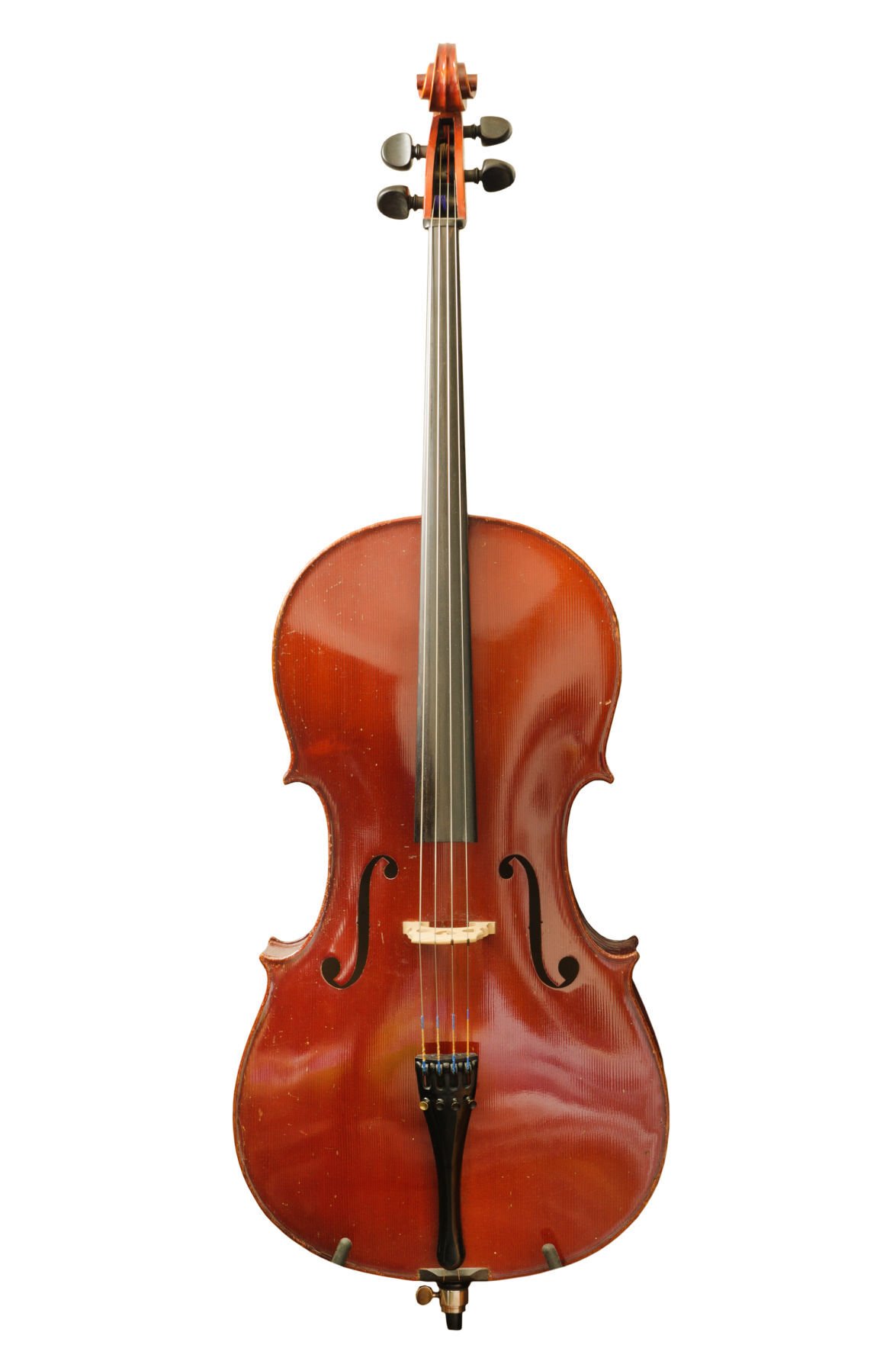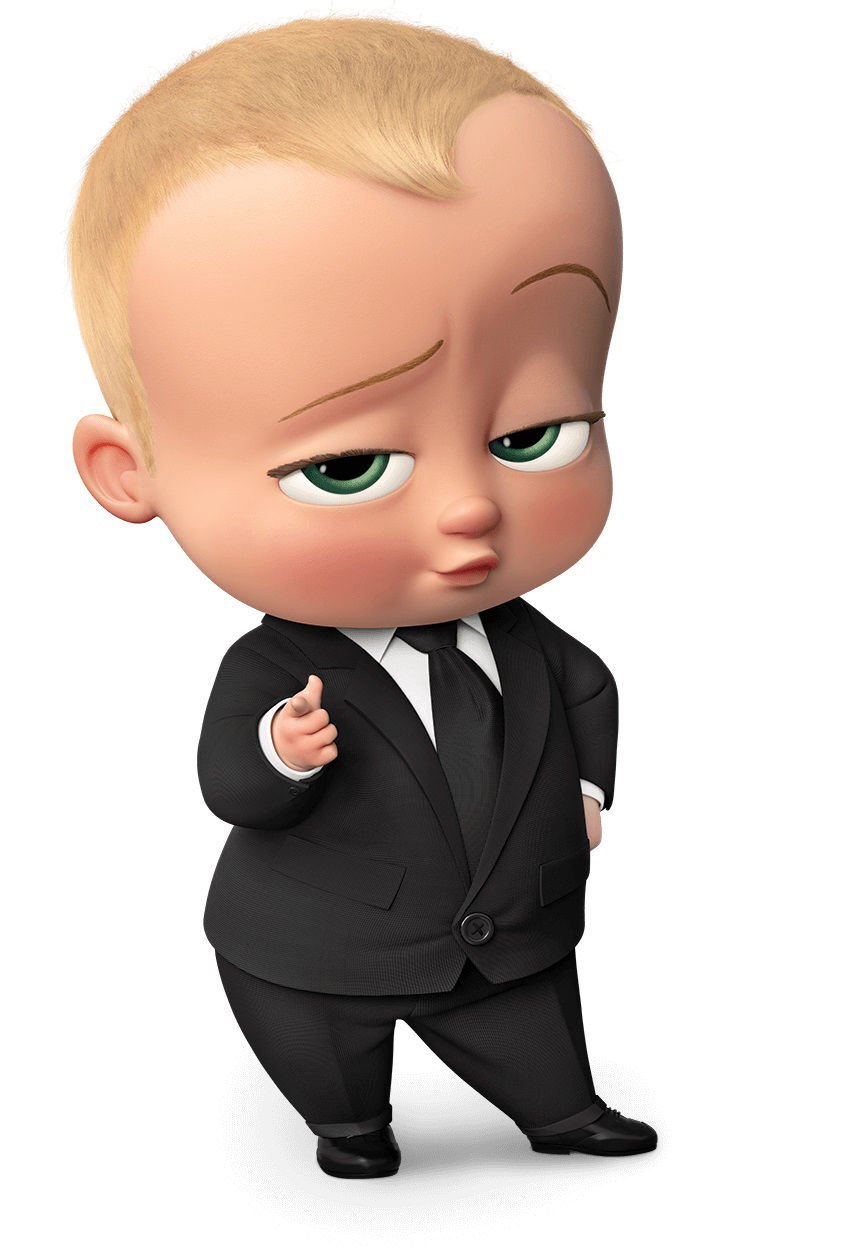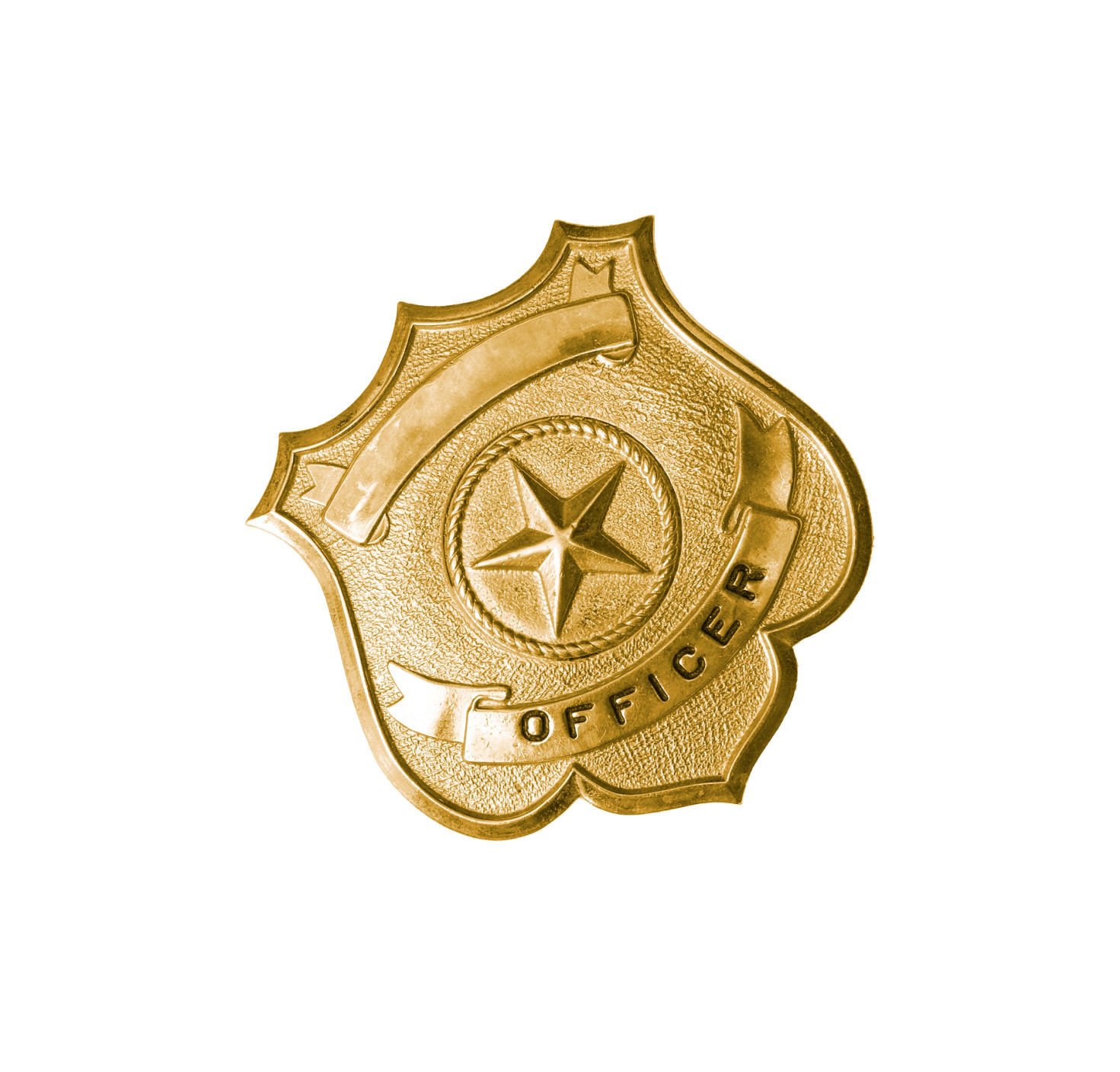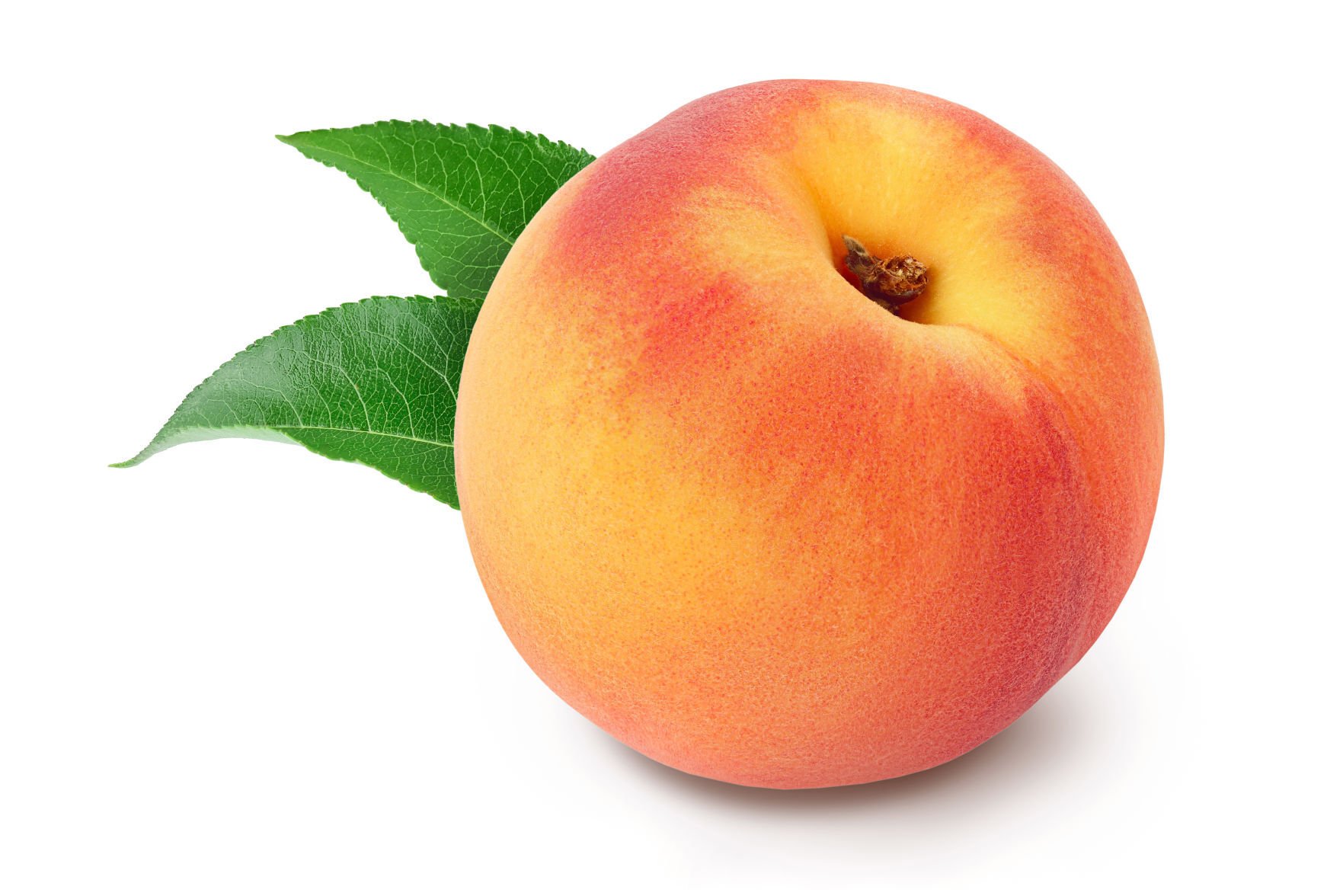Greg Little
Kicks Editor
BELOIT—If you know any rap artists who are plagiarizing beats or lyrics, Beloit Janesville Symphony Orchestra Music Director Rob Tomaro might be writing a report on them.
While heĂŰčÖĘÓƵ best known for conducting in Rock County, TomaroĂŰčÖĘÓƵ professional skills are in high demand across the country for his work in forensic musicology.
“I perform the function of being an expert witness and providing reports on legal matters that involve plagiarism in the music industry,” Tomaro said. “As a composer, and especially as a conductor, I’ve been trained over many years by great teachers to discern minute differences in sound and pitch. You have to hear if players are out of tune.”
TomaroĂŰčÖĘÓƵ skills are sought when musicians allege another artist has appropriated their musical product and the cases are being litigated. Musical plagiarism is most prevalent in pop, rock, rap and hip-hop, he said.
Tomaro can find minute differences in inflections, breaths and pitch that the naked ear cannot hear, and he substantiates his findings using a scientific method that employs four to five methods of analysis. His skills are in high demand as there aren’t a high number of forensic musicologists.
“It seems to require two completely disparate skill sets that have to work together,” he said. “You have to have a thorough understanding of how to analyze and describe harmonic analysis in classical music. You also have to understand the latest trends in contemporary music including what happens in a recording studio and the latest techniques in digital signal processing.”
During TomaroĂŰčÖĘÓƵ doctoral studies in the 1990s, he studied musicology in addition to his primary focus of music composition and conducting. However, he didn’t start developing his career as a forensic musicologist until about five years ago when he received a phone call from a colleague in Los Angeles who is affiliated with law firms specializing in music lawsuits.
Tomaro explained how music plagiarism is quite common in the L.A. music scene. One well-known case, for example, occurred in 2014 when musicians sued the band Led Zeppelin claiming the hit song “Stairway to Heaven” included material the musicians had originally written. Led Zeppelin later won the copyright battle.
“Such lawsuits are increasing quite a bit,” Tomaro said. “There is a tremendous amount of fluidity in pop, hip-hop and rap when pieces are borrowed, especially due to the explosion in digital music technology. You can literally press a button and copy and paste something from someone elseĂŰčÖĘÓƵ music, slightly alter it and put it in your music claiming it as your own.”
Sometimes, Tomaro explained, there can be unconscious plagiarism, such as when George Harrison claimed to have used a melody from another tune in his hit song “My Sweet Lord” without knowing what he was doing. He was sued for copyright infringement by the publisher of the 1963 hit “HeĂŰčÖĘÓƵ So Fine,” was found guilty of “subconscious plagiarism” and had to pay a fine of more than $1 million.
“It was a pretty expensive mistake,” Tomaro said.
However, Tomaro said plagiarism is typically a conscious choice that happens more often than one would think.
“People think they can get away with it,” he said.
By the time a case reaches TomaroĂŰčÖĘÓƵ desk, it has already been vetted to determine if there are significant questions regarding the work. Tomaro must then provide an expert report using various methodologies.
One of the more interesting techniques is employing the service of a voice analyst expert, usually a former FBI agent, who will use digital imaging to create a spectrogram—a visual representation of the peaks of valleys of sound.
“You can identify where one sound is the same as the other or if they are different and why,” Tomaro said. “ItĂŰčÖĘÓƵ like a digital version of what fingerprinting is in crime.”
Tomaro said he has never come across a case where there is one strong similarity that shows the music was appropriated. He usually needs five or six similarities to make a strong case.
Tomaro recalled employing the use of an expert in information technology to help a defendant who claimed some musical similarities happened by coincidence. The expert put the similarities in an algorithm and the odds of the five similarities occurring were .00000001.
“It was very impressive at the time,” Tomaro said.
Tomaro can also use a timeline analysis. He recalled one case where he listened to his clientĂŰčÖĘÓƵ and the defendantĂŰčÖĘÓƵ song. By using a timeline, he learned that not only did the defendant copy the song but also the arrangement.
Tomaro has a diverse array of clients. He represented a recording engineer alleging a recording company used a mix he created which the company said it was rejecting. Another time, Tomaro had to analyze two “whistling sounds” when someone alleged a major corporation used his/her whistle in an ad campaign.
“I did a spectrographic analysis of the whistle and analyzed the peaks and valleys on the spectrogram,” Tomaro said.
Tomaro said his work is not likely to slow down. There are many gray areas to navigate in regard to similar melodies, beat progression and lyrics.
However, the music industry isn’t the only business with copycats. Reproductions are everywhere, he said, just like there are Fig Newton cookies and other fig-based knockoffs seeking to mimic their market position.
“If someone gets a hit, a lot of people jump on the bandwagon and try to produce something as close to it as possible to make money off it,” Tomaro said.
At the age of 5, musician Mike SchneiderĂŰčÖĘÓƵ parents took him to a Frankie Yankovic concert and his love for polka music was cemented.
Now a six-time hall-of-fame polka performer himself, the Clinton man is using his platform to get other kids excited about the genre as well.
In addition to a near-constant show schedule with the Mike Schneider Band, the acclaimed accordion player also is purveyor of “Pint Size Polkas,” a collection of family-friendly songs intended to cultivate the next generation of music fans. Along with a series of livestreamed programs, Schneider is promoting WisconsinĂŰčÖĘÓƵ official state dance with a series of library visits stretching from the Midwest to the Great Plains and development of a video program for schools on the history of the accordion and polka music.
A native of Brown Deer, Schneider is a 1998 graduate of Whitefish Bay Dominican High School. He also holds a bachelorĂŰčÖĘÓƵ degree in business administration from Cardinal Stritch University near Milwaukee.
SchneiderĂŰčÖĘÓƵ family includes wife Heather, who came up with the concept for “Pint Size Polkas,” and children Garrett, Kelby and Evan. The family also has a three-legged cat, Minnie.
To learn more about Schneider and his band, visit or . For more about Pint Size Polkas, visit or .
1. Wisconsin is a hotbed for polka. What led you to decide on a career following this path in music? My dad was an accordion player, and I remember him bringing his accordion out of the closet to play for me when I was maybe 3 or 4 years old. There are pictures of me watching him when I’m younger than that, and I looked pretty enthralled by the whole thing. My mom also loved to play piano so she, I think, helped give me a little broader music appreciation. What really sealed the deal for me was when my parents took me to hear AmericaĂŰčÖĘÓƵ Polka King, Frankie Yankovic, play at a church festival on the south side of Milwaukee. I was 5 at the time, and I got my first accordion for my sixth birthday a few months later. I’ve been playing ever since.
2. Last year, you released a holiday album, “Christmas Kielbasa.” What prompted that? A Christmas album had been in the idea pipeline for years. I love the Christmas season and its music, but I didn’t get serious about the project until after I wrapped up my “Happy Polka Day” album a few years back. I have a hard time titling projects, but I had this song I had written called “Christmas Kielbasa.” As that song evolved in production it became clear to me it would probably be the original “hit” of the album.
3. If I asked you for the first name that comes to mind when you hear the word “polka,” who would that be and why? Frankie Yankovic. He did so much for the music. He had two million-selling songs in “Just Because” and the “Blue Skirt Waltz,” and traveled the country bringing the happy sounds of polka music back at a time when nationwide travel was not nearly as easy as it is now. Everyone else that has come after him has in some way been following the path he carved out.
4. People would be surprised to find out that I: Don’t really read music. My friends and people who follow my band are aware of this, but I think people who are seeing me play for the first time would be surprised by that. I have plenty of music theory in my head and like to interject my own chords and arrangements around old melodies. I just learn everything pretty much by ear and commit it to memory.
5. Accordions seem like they would be pretty heavy. Do you do any special workouts to help you prepare for a full night of performing? There are a few guys I’ve heard prepare by lifting full steins, refilling and repeating! Me, I try to keep in shape by golfing as often as I can. But the best preparation for a gig is to play a lot of them and to practice as much as you’re able to.
6. You were inducted into the Wisconsin Polka Hall of Fame at the age of 18. Did that help or hurt your popularity with others your age at the time? I actually think it helped. Maybe not the hall of fame induction as much as the press coverage I got leading up to it. The Milwaukee Journal-Sentinel did an article about me that began on the front page, and Reitman & Mueller (a radio show in Milwaukee) invited me on as a guest and treated me very well.
7. Have you ever tried to incorporate accordion into other genres of music? One of the CDs I have available is called “Accordion Artistry.” On it, I play everything but polkas. But I am a polka musician pretty much to the core, so what I like to do even more than playing other genres is take what I learn from them—mostly the chords used in jazz and classical music, for instance—and incorporate that into my polka material.
8. What are some of your favorite polkas to perform? I like so many, so thatĂŰčÖĘÓƵ always a tough question. For me, itĂŰčÖĘÓƵ more about what the audience wants to hear and playing those songs the best I can—whether I totally love the song or itĂŰčÖĘÓƵ maybe not my favorite. One song I do tend to play at most shows whether itĂŰčÖĘÓƵ requested or not, however, is Lawrence WelkĂŰčÖĘÓƵ “Champagne Polka.”
9. Do you have any pre-gig rituals? Arrive early, set up, park my vehicle and be ready to start on time. I’m German—I’m punctual!
10. Do you understand music theory or do you perform mostly by ear? I play mostly by ear, but I do understand chord progressions and can write out chord charts for the banjo and guitar players I use on my recordings. Taking a melody and wrapping new chords around it in a way that makes sense and adds musical interest is probably one of my favorite things to do.
11. If you weren’t a musician, what would you be doing for a living? I was a graphic and website designer prior to going full-time in music. Were it not for my “Pint Size Polkas” venture in particular, I likely would have never had the opportunity to go full-time in music, so I’m very thankful for that. Hopefully COVID-19 is soon a thing of the past so my fellow musicians and I can go back to work again on a busier basis. Oh, and if this is a question about what I’d want to do for a living, I’d love to be a professional golfer. But my drives need to go about 100 yards longer before thatĂŰčÖĘÓƵ even a consideration.
12. You and your band once appeared on the Food Network for “Food Nation with Bobby Flay.” Do you like to cook and, if so, what is your specialty? The best advice I ever got was to stay out of the kitchen. I think my wife is the one who said that. I like to eat, but cooking, not so much. Maybe when (and if) I retire.
13. Do you play other instruments besides the accordion? I play piano a bit, or at least well enough to play it on my recordings. I also play drums a little, but itĂŰčÖĘÓƵ been years since I’ve played those.
14. Do you have time for any hobbies? I love golf and play as often as I can. My kids and I also play a lot of board and video games. “Ticket to Ride” is definitely my favorite board game. My favorite hobby since I was a kid, however, is flight simulation. I love airplanes and love to fly them on my computer as time allows. Nothing beats a perfect landing. Well, maybe a perfect drive …
15. Have you ever had stage fright? To some degree, every time I take the stage I have some stage fright. I’m very introverted by nature, so really I don’t know how I ever even found my way to the stage. But when I’m up there, I’m doing something I love. I’ve thankfully figured out how to be the best performer I can be over the years, so any sign of stage fright is hopefully only noticeable by me.
16. Explain the story behind your “Pint Size Polkas.” My wife, Heather, was reading about Mr. Stinky Feet, a fellow childrenĂŰčÖĘÓƵ musician, maybe 15 years ago. Then she saw The Wiggles on TV. Between the two, a light bulb went off. She called me and said I needed to do a childrenĂŰčÖĘÓƵ polka album. When I heard her idea, the light bulb went off for me, too. We were dating at that time but later got engaged, married and found out we were expecting our first child. By the time our son was 6 months old, he was on TV news sets with us in Milwaukee, Pittsburgh, Cleveland and Chicago to talk about my new album. Since then, I’ve played nearly 1,400 in-person shows in 25 states, visiting libraries and schools around the country.
17. Who has had the greatest influence on you as a musician? Three people: my dad, for planting those early seeds of accordion and polka music appreciation; Frankie Yankovic, for solidifying those roots; and Verne Meisner, for playing a major role in the development of my musical style. I’ve branched off a lot from each of these three people musically, but without them, I’m probably not playing polka music for a living today.
18. Share a song you play on accordion that is not at all meant to be played on the accordion. I don’t look at any song as one that is not meant to be played on the accordion. But, I think people new to my music might be surprised to hear me play “Summer Wind” or “Cheek to Cheek”—both older songs, but not ones you typically hear on the accordion. With my band, I’m also thankfully surrounded by great musicians such as Don Hunjadi, Don Jones, Dave Krueger, Cliff Penniston and Jim Thull, who help me pull off authentic arrangements. I also play short snippets of theme songs from the James Bond movies as well as “Mission: Impossible,” “Jurassic Park,” “Harry Potter,” “Star Wars” and others during “Pint Size Polkas” shows.
19. What was your first car? A Honda Odyssey minivan. I needed the room for my equipment. A chick magnet it was not, but when you’re an accordion player, the type of car you drive is generally the least of your worries. It was an awesome vehicle. I put on more than 330,000 miles on it. It never needed any major repairs other than routine things. I donated it to Rawhide Boys Ranch a few years back. When they picked it up in April, that was the one and only time it ever saw a tow truck.
20. Everybody loves a polka. Why? ItĂŰčÖĘÓƵ the happiest music you will ever hear! Our Wisconsin roots help a lot, too, and I suppose some beer for the adult event-goers!

a cello isolated on a white background



Ripe peach fruit isolated on white background with clipping path and full depth of field

